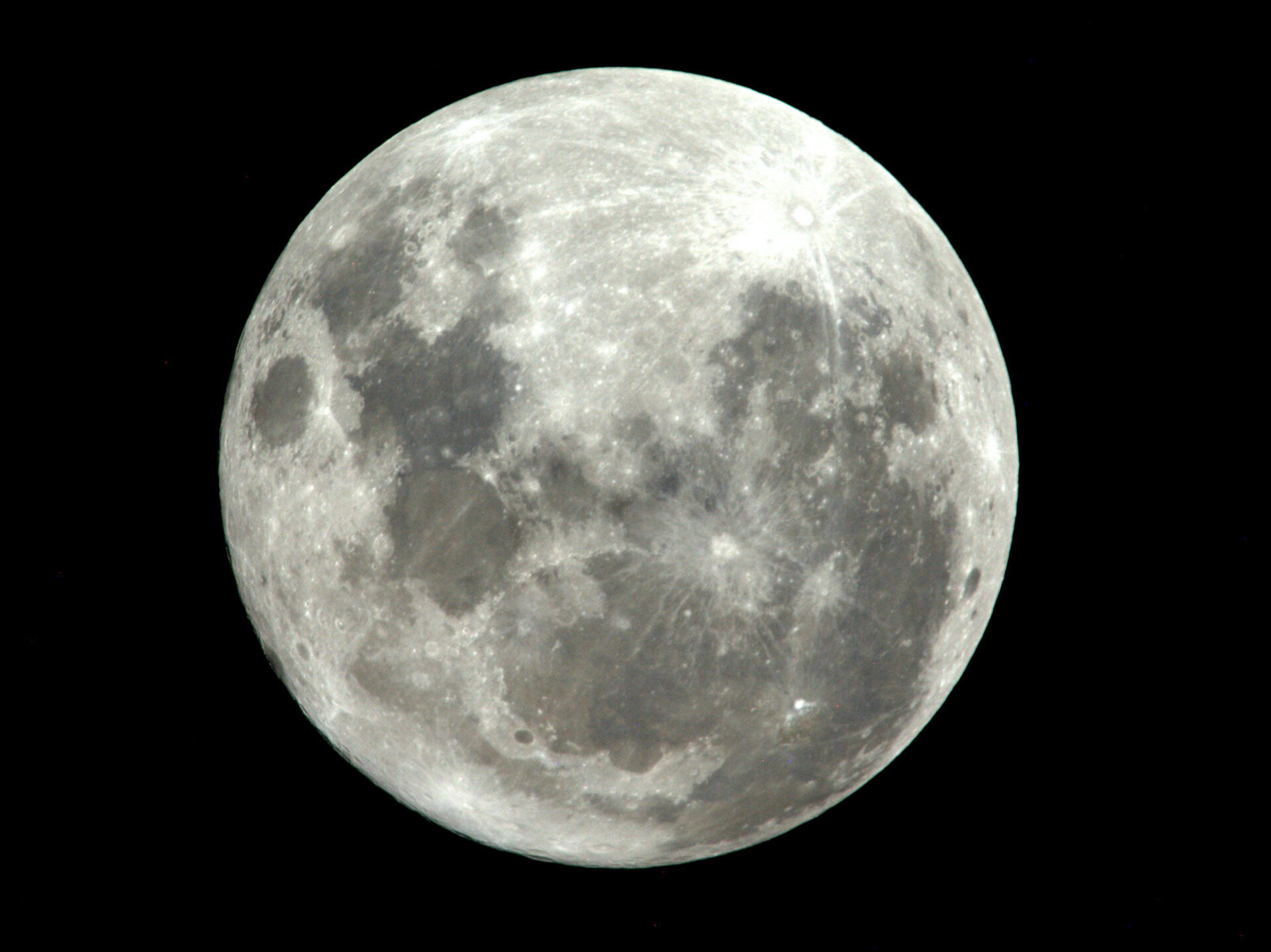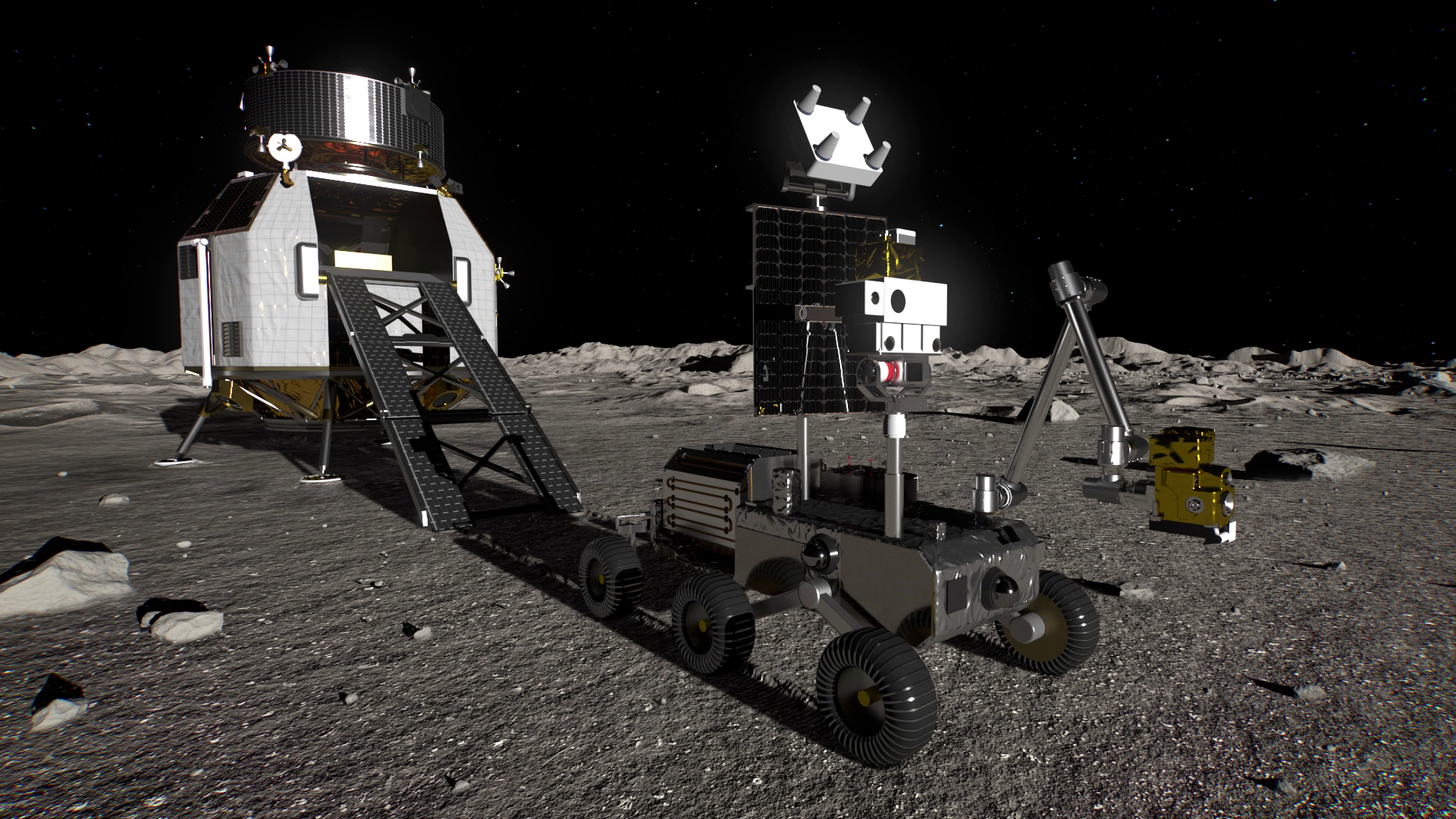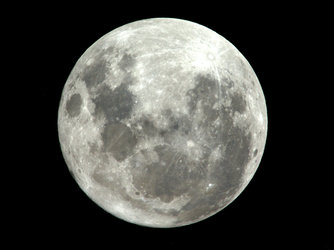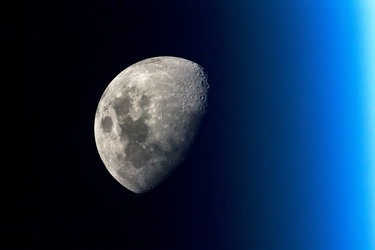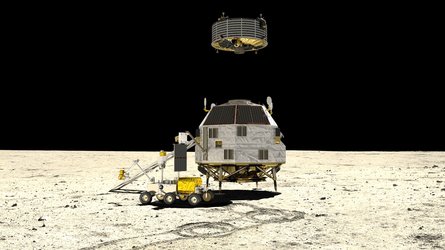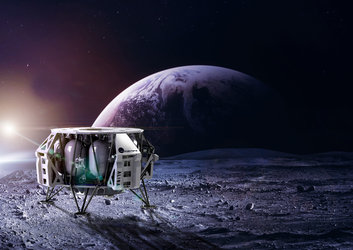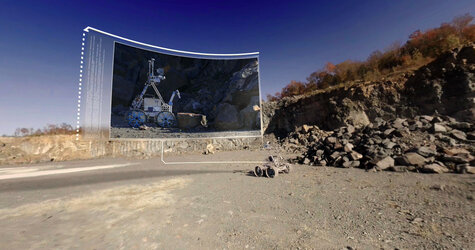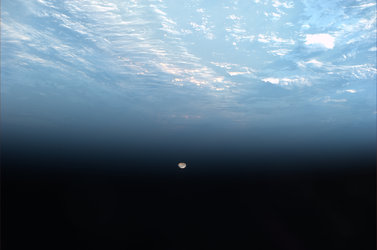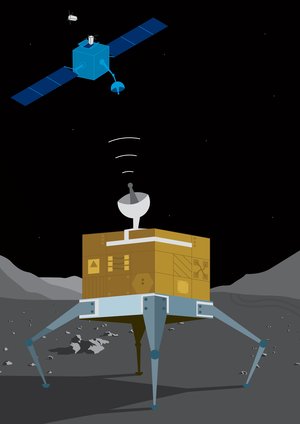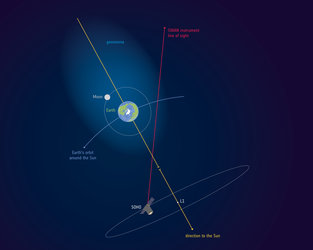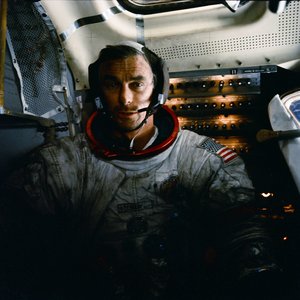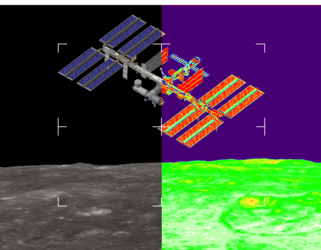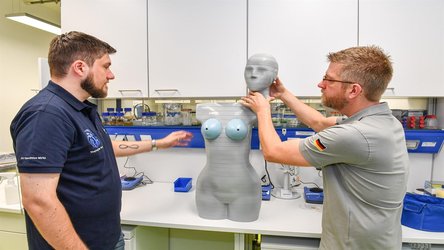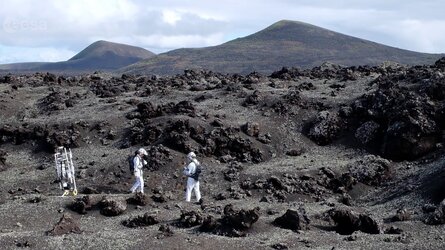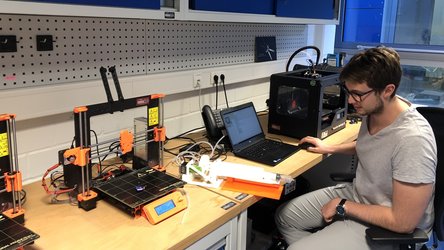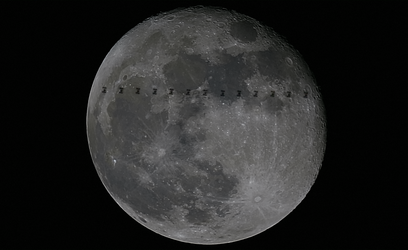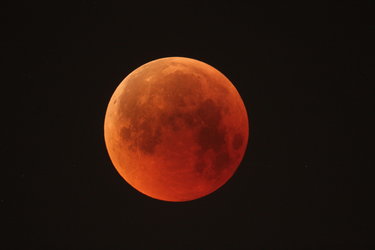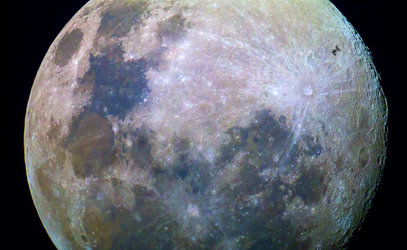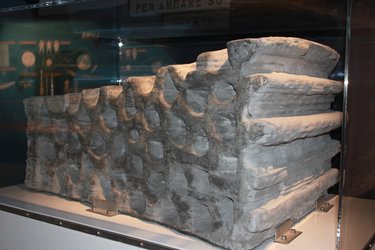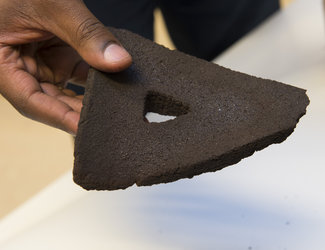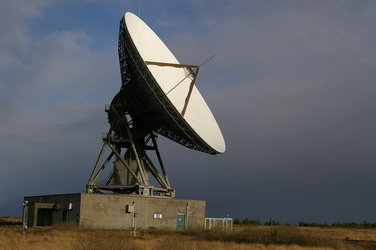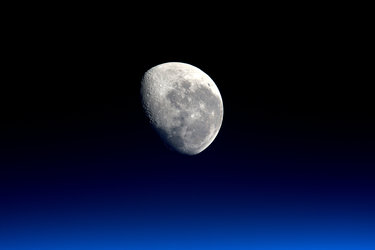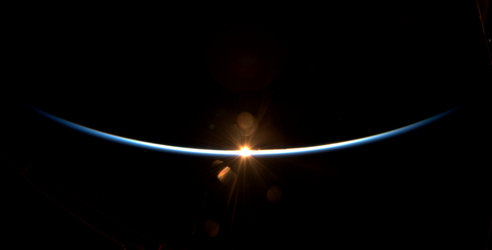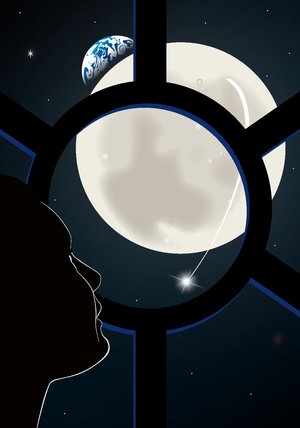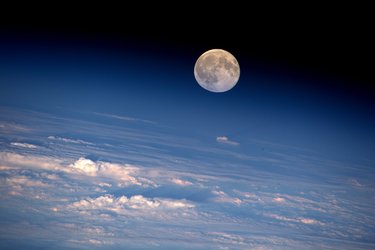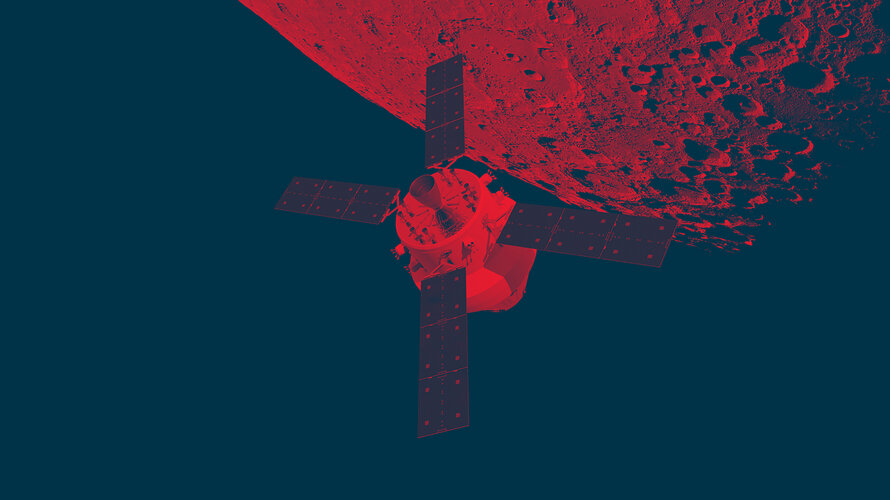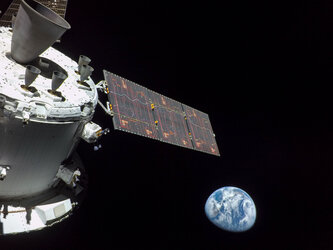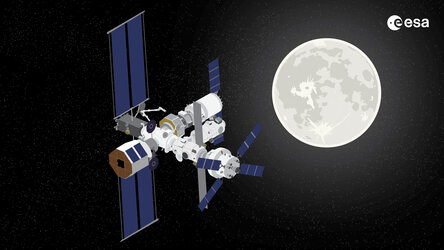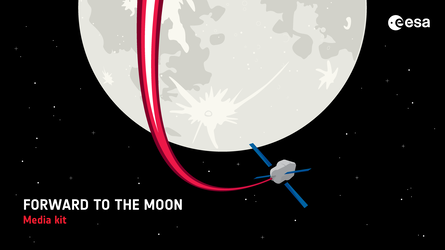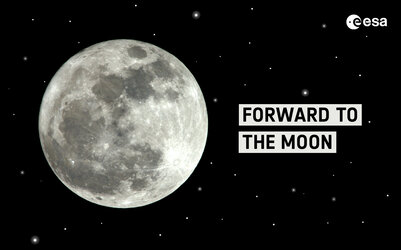To the Moon – down south
Half a century ago humans stepped on the Moon for the first time in a set of sorties that awed the world. Over the years since we have explored our Solar System with robotic scouts and established a permanent human presence in space with the International Space Station.

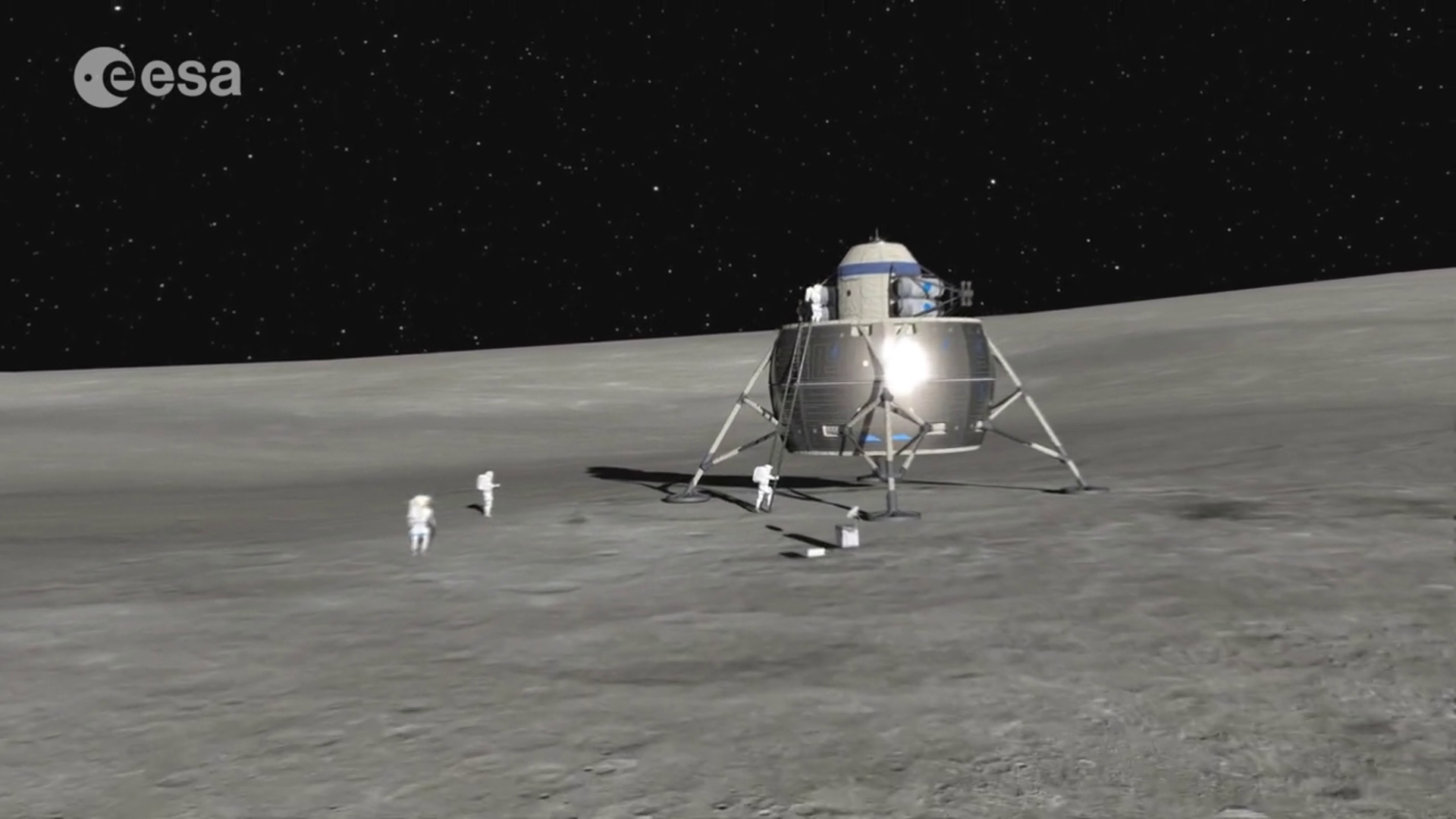
Access the video
Now Earth’s space agencies are looking to return to the Moon in a more sustainable manner at a different landing area than the Apollo missions 50 years ago: the South Pole Aitken basin.
The five Apollo missions landed in areas that correspond roughly with the darker spots visible on the Moon. The samples of lunar rock the astronauts bought back to Earth are still being investigated and analysed by researchers all over the world and new discoveries are made as lab techniques improve to advance our understanding of our natural satellite immensely, but like all good science, many new questions arise.
Water, geology, history
Humankind’s return to the Moon is targeting the southern regions as they have so far only been observed from orbit aside from the LCROSS mission that impacted 100 km from the South Pole Indications show these regions contain more water than any other on the Moon – water that could be used to create hydrogen and oxygen for rocket propellant.
The ESA-led international robotic mission Heracles aims to return samples from the Schrödinger crater, around 600 km from the South Pole. “Science is the driver for this mission, we listened to the scientific community, and it is very clear: we need more, well-characterised, and diverse samples of lunar rocks,” says ESA’s architecture analyst Markus Landgraf.
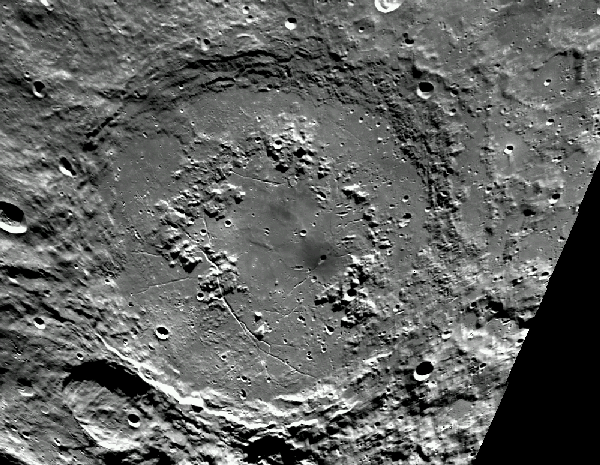
The Schödinger crater is interesting as scientists expect it contains water from volcanic processes, and has a geological exposé of lunar history. Schrödinger crater, located at the southern rim of the much bigger South Pole Aitken Basin, is 312 km wide and formed when an object hit the Moon some four billion years ago. Samples from areas inside the crater contain a snapshot of the Moon’s history at the time they were created. The inner ring of the crater contains ancient material untouched as the impact forced layers of the Moon up to a ridge. Signs of recent volcanic activity indicate that eruptions have occurred in the crater half a billion years ago. Taking samples from there offers a snapshot of the youngest volcanic eruption of the Moon to be analysed.
“It was only in 2011 that volcanic deposits were discovered to contain water and some scientists conclude that the mantle is not much drier than Earth,” says Markus, “we want to find out more and check the hypotheses about how the Earth and Moon were formed.”
All eyes on the South Pole
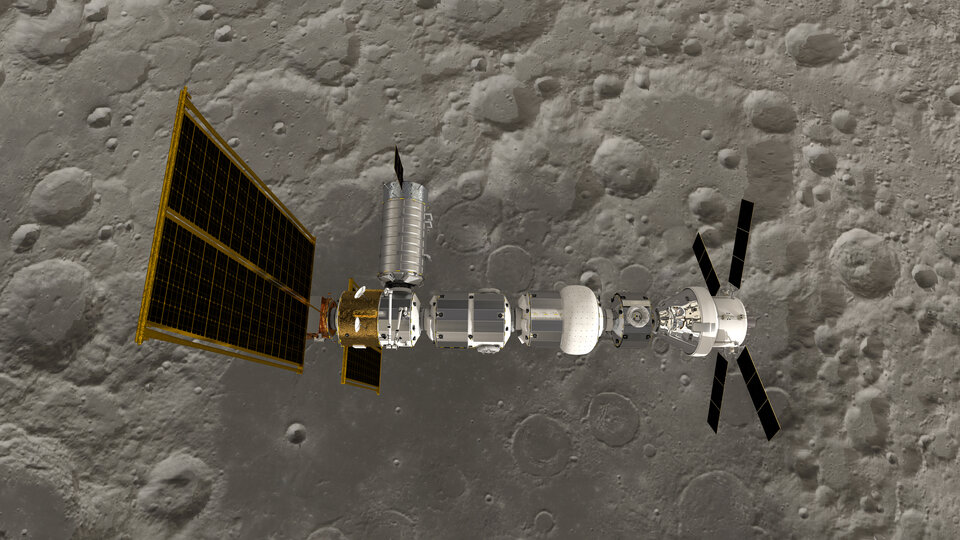
Heracles is a mission study led by ESA with Japan and Canada contributing elements and will make use of other lunar infrastructure being designed and built in similar international partnerships. The objective is to develop logistics to enable a diverse set of missions. In the most advanced mission scenario, a rover will scout the terrain in preparation for the future arrival of astronauts, and deliver lunar samples to Earth. It will use the Gateway to rendezvous and dock and transfer samples to NASA’s Orion spacecraft to be returned to Earth. Orion is powered by ESA’s European Service Module.

The first European hardware to land on the Moon is set to be on the Russian Luna 25 and 27 landers. Again targeting the south pole, the Luna missions will test and subsequently use Europe’s landing systems and a drill to prospect water ice up to two metres beneath the surface.
“We are witnessing an international renaissance of lunar exploration and these are exciting times as we prepare to visit places no one has ever been before.” concludes ESA strategy officer James Carpenter, “We are going, not in competition as in the past, but through peaceful, international cooperation.”
ESA is joining the international space community in celebrating the 50th anniversary of humankind first setting foot on the Moon and paying tribute to the men and women who took part in this endeavour, some of whom went on to work in later NASA, ESA and international pace programmes. Today, ESA and our partners are busy preparing to return humans to the surface of the Moon. During this week, we will focus on the different lunar missions being prepared by ESA and highlight of some fascinating European contributions to lunar exploration.


